Our own compounds using a base of polypropylene - PP-homo, PP-copo, PP - random
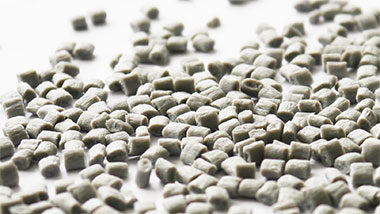

- Glass fibre reinforced from 10 to 50% chemically coupled
- Filled with full glass beads or hollow glass spheres
- Flame retardants to V0, V2, B2, B1 standards, with
non-halogen or halogen-containing flame retardants
- mineral-filled types of talc, chalk, quartz, mica and ceramic
materials
- elastomer modified grades
- Cold resistant types to operate under conditions up to minus
40°C.
- Toughed grades with high impact by adding barium sulphate
- PP-homo/PP-copo blends
- Special formulas on request
- Colouring
- Filled with full glass beads or hollow glass spheres
- Flame retardants to V0, V2, B2, B1 standards, with
non-halogen or halogen-containing flame retardants
- mineral-filled types of talc, chalk, quartz, mica and ceramic
materials
- elastomer modified grades
- Cold resistant types to operate under conditions up to minus
40°C.
- Toughed grades with high impact by adding barium sulphate
- PP-homo/PP-copo blends
- Special formulas on request
- Colouring
Our own compounds using a base of high impact polystyrene (HIPS)
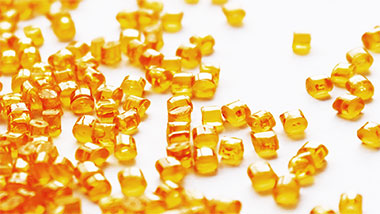

- High standards of toughness using blends with GPPS and
impact modifiers
- Flame retardant grades to V0, V2, B1, B2 standards
- Antistatic
- Filled with full glass beads or hollow glass spheres
- Solid colours and transparent colours for GPPS types
impact modifiers
- Flame retardant grades to V0, V2, B1, B2 standards
- Antistatic
- Filled with full glass beads or hollow glass spheres
- Solid colours and transparent colours for GPPS types
Our own compounds using a base of ABS, MABS, SAN and ASA
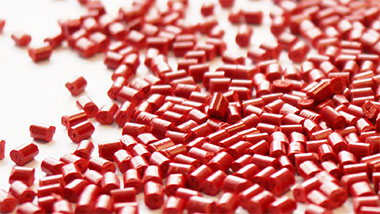

- Glass fibre-reinforced and glass bead reinforced types
from 10 to 30%
- Flame retardant to V2, V0 standards
- impact-resistant and high-impact-resistant grades
- filled types, including Wollastonite, mica and ceramic materials
- Antistatic
- UV stabilized and weather-resistant grades
- Polymers with increased heat resistance
- Solid colours and transparent colours
from 10 to 30%
- Flame retardant to V2, V0 standards
- impact-resistant and high-impact-resistant grades
- filled types, including Wollastonite, mica and ceramic materials
- Antistatic
- UV stabilized and weather-resistant grades
- Polymers with increased heat resistance
- Solid colours and transparent colours
Our own compounds using a base of polycarbonate and polycarbonate/ABS blends
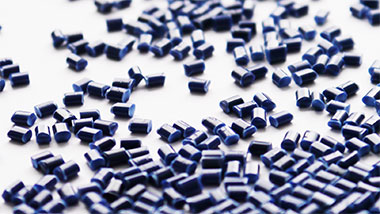

- Glass fibre-reinforced and glass bead reinforced types
from 10 to 30%
- Flame retardant, non-halogen grades to V0, V2, B2, B1
standards
- additional UV stabilisation
- PC/ABS blends with variation of impact resistance and heat
resistance
- ABS/TPU blends for high impact strength and abrasion
resistance
- solid colours and transparent colours
from 10 to 30%
- Flame retardant, non-halogen grades to V0, V2, B2, B1
standards
- additional UV stabilisation
- PC/ABS blends with variation of impact resistance and heat
resistance
- ABS/TPU blends for high impact strength and abrasion
resistance
- solid colours and transparent colours
Our own compounds based on Polybutylentherephthalate
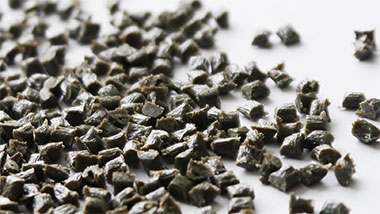

- Glass fibre-reinforced and glass bead reinforced types
from 10 to 30%
- Flame retardant, non-halogen grades to V0, V2, B2, B1
standards
- Blends of PBT with polycarbonate
- Colouring to the desired specification
from 10 to 30%
- Flame retardant, non-halogen grades to V0, V2, B2, B1
standards
- Blends of PBT with polycarbonate
- Colouring to the desired specification
Our own compounds based on polyamide 6 and 66
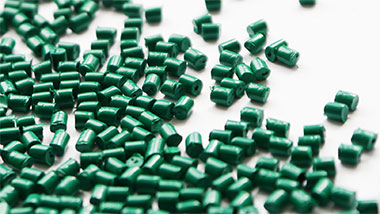

- Glass fibre reinforced types from 10 to 50%
- Glass bead reinforced types and glass bead/fiberglass hybrid
- Mineral-reinforced grades with talc, kaolin, MICA
- increased heat resistance
- improved tribological properties
- Impact modified grades
- Glass bead reinforced types and glass bead/fiberglass hybrid
- Mineral-reinforced grades with talc, kaolin, MICA
- increased heat resistance
- improved tribological properties
- Impact modified grades
GERMAAT Polymer GmbH follows the development of biopolymers and the increased use of renewable raw materials with serious intentions.


Experiments with PLA polymers and natural fibres such as cellulose, sisal and kenaf have been successfully conducted with interested partners.
The marketing of the finished products still requires further investigation including a longer test period, security of resource deployment and further cost reductions.
For wood plastic compound (WPC) based on PP and HDPE formulations have been successfully developed and are now used directly into the manufacturer of WPC products.
The marketing of the finished products still requires further investigation including a longer test period, security of resource deployment and further cost reductions.
For wood plastic compound (WPC) based on PP and HDPE formulations have been successfully developed and are now used directly into the manufacturer of WPC products.
To expand and improve functionality for different plastic applications, GERMAAT polymer GmbH offers tailored masterbatches such as:


- Flame retardant with halogen
- Flame retardant, halogen-free
- UV stabilized
- Slip additives
- Combination masterbatches with multiple active ingredients.
- Flame retardant, halogen-free
- UV stabilized
- Slip additives
- Combination masterbatches with multiple active ingredients.
On request and in cooperation with our customers, further grades can be offered, such as
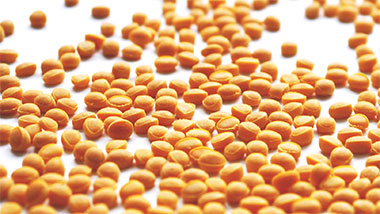

- High temperature polymers
- Thermoplastic polyester and blends
- Polyoxymethylene
- Acetalcopolymerisate (POM)
- thermoplastic elastomers
- Thermoplastic polyester and blends
- Polyoxymethylene
- Acetalcopolymerisate (POM)
- thermoplastic elastomers
GERMAAT Polymer GmbH has successfully incorporated nanoparticles into polymers
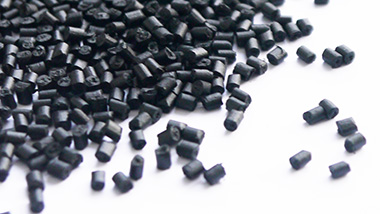

With active ingredients in nanoparticle size, an approximately 1000 times finer distribution of the active ingredients compared with conventional additives is achieved in the polymer matrix. This increases the effectiveness of the active ingredients to be introduced by better attachment of the nanoparticles to the polymer molecules. GERMAAT Polymer GmbH has developed and successfully tested its own technology for introducing nanoparticles in a solid phase. An excellent dispersion of the nanoparticles and significant property improvements were demonstrated in the investigated application examples. This concerns e.g. the increase in electrical
Conductivity and the shielding behavior against high-frequency electromagnetic radiation.